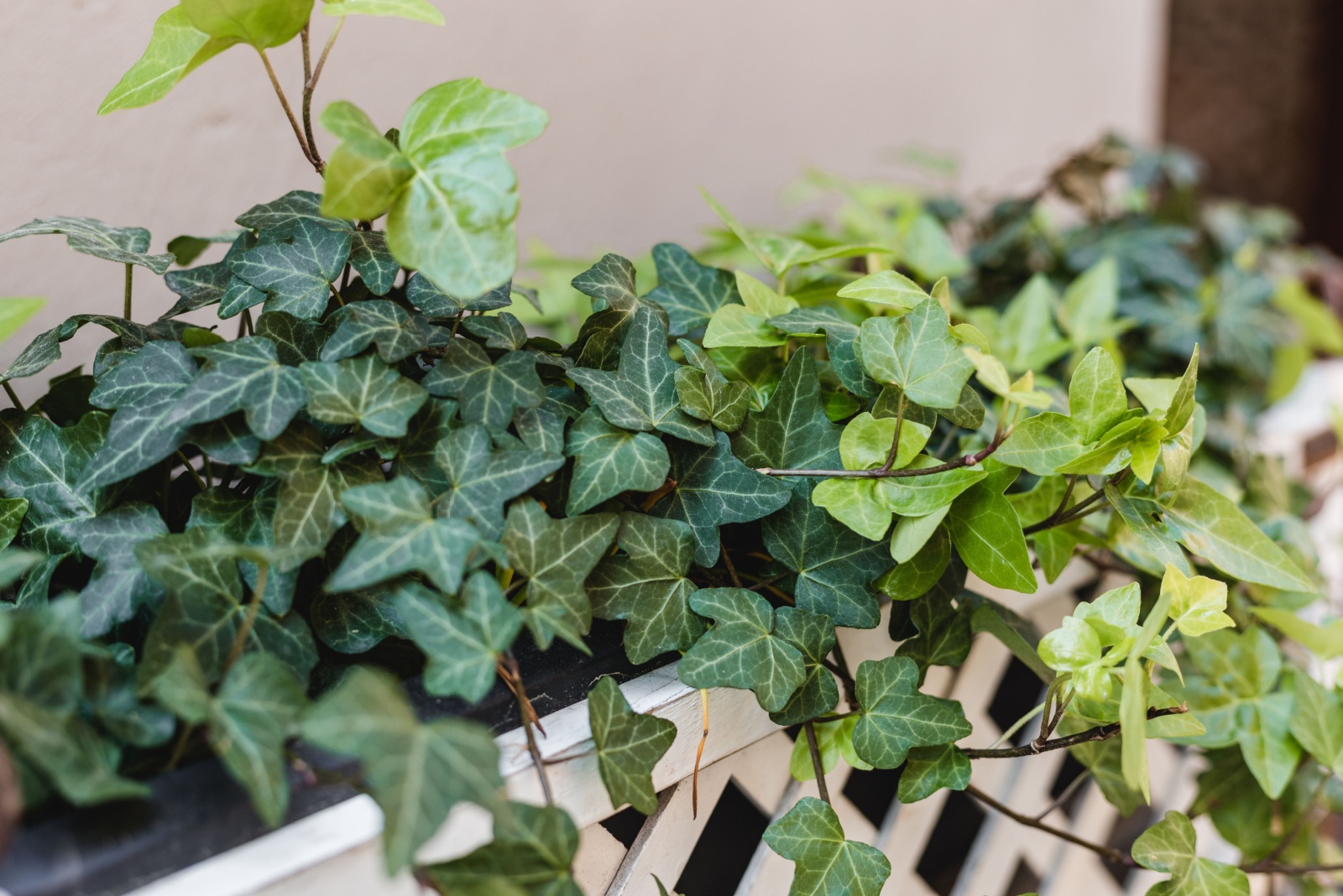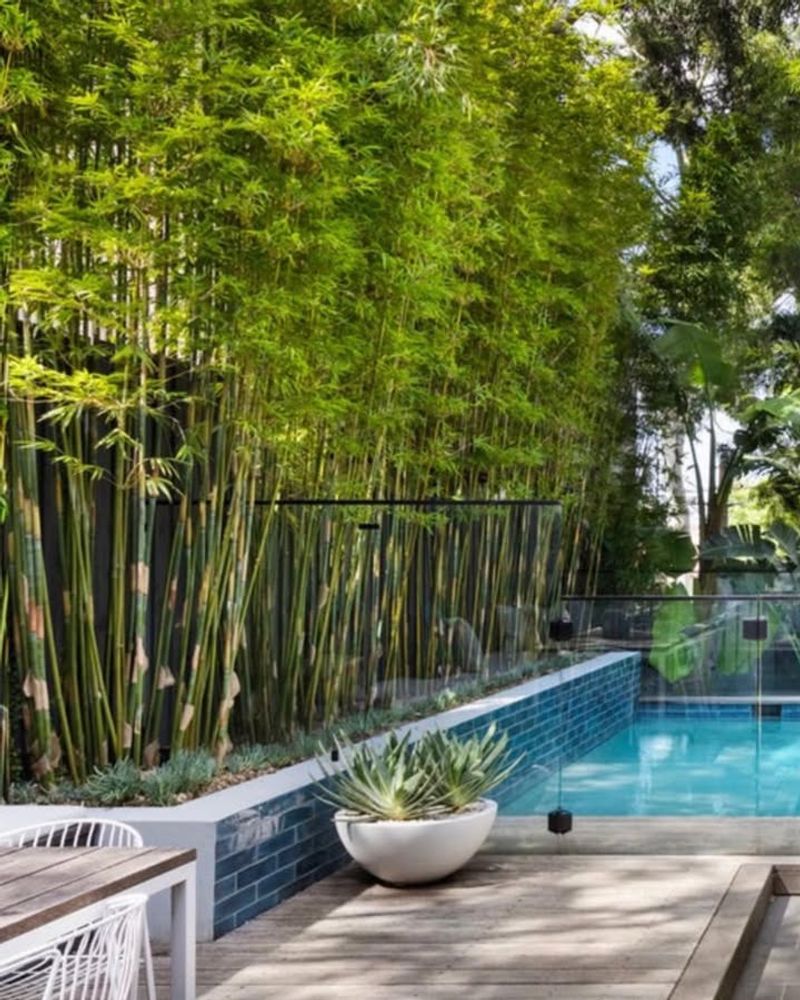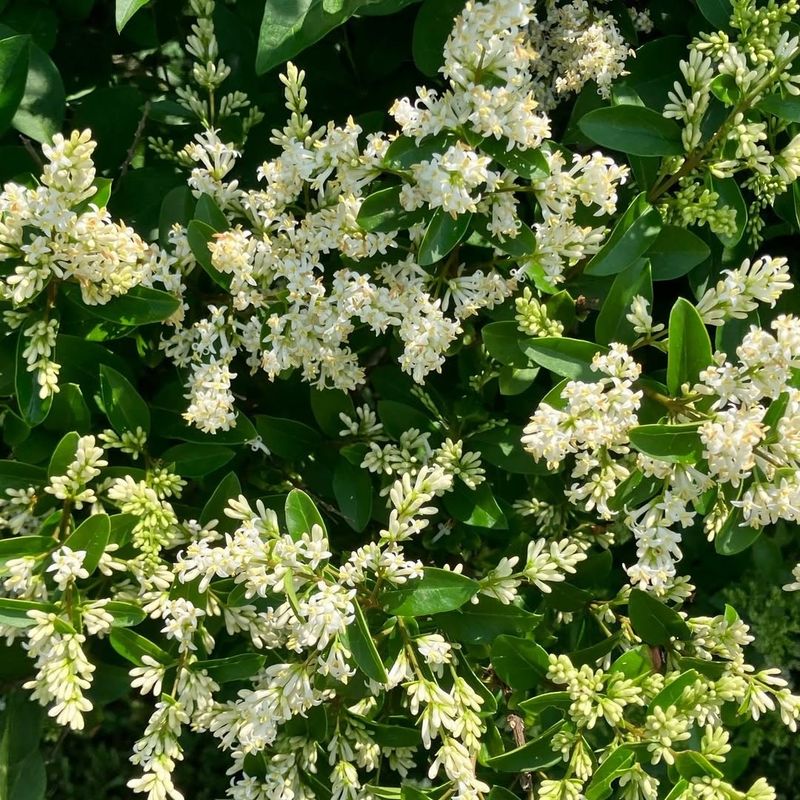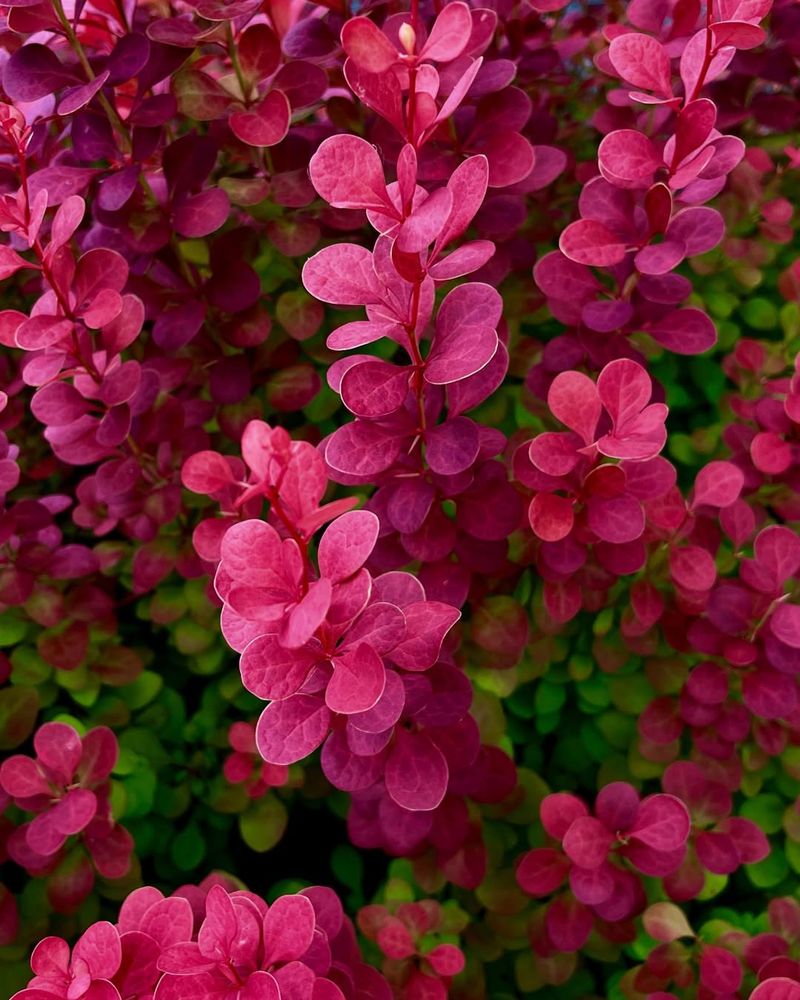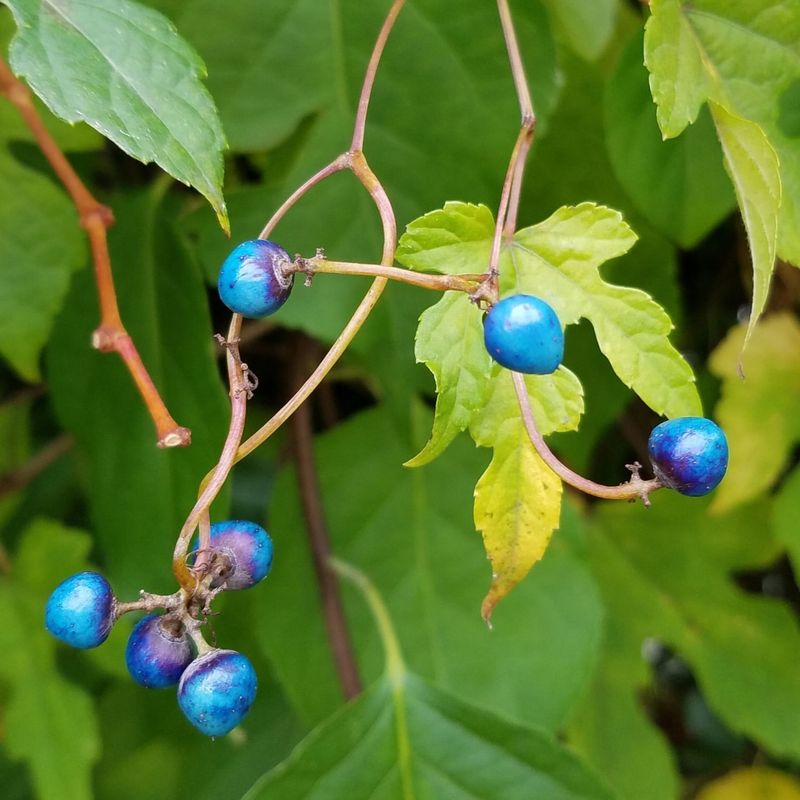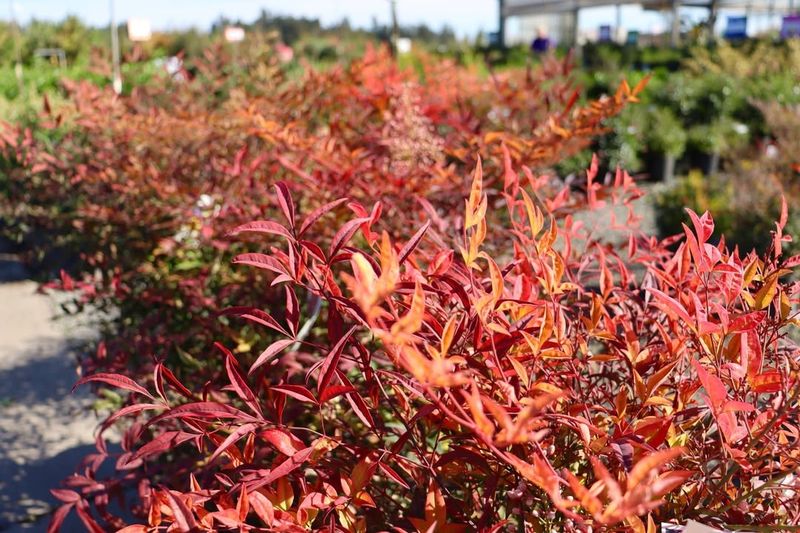North Carolina homeowners love beautiful gardens, but some popular plants are causing serious problems for local ecosystems. Many decorative species spread aggressively, choking out native plants and disrupting wildlife habitats.
State officials are now considering restrictions on certain garden favorites that have become environmental threats in suburban neighborhoods.
1. English Ivy
Homeowners once loved this climbing vine for its evergreen beauty and quick coverage. English ivy now blankets entire forests, smothering native trees and preventing new seedlings from growing.
The plant produces dense mats that block sunlight from reaching the forest floor. Wildlife loses important food sources when native plants disappear beneath ivy’s relentless spread.
Removal requires persistent effort since roots regenerate quickly from small fragments left in soil.
2. Bradford Pear
Springtime brings clouds of white flowers from these ornamental trees planted throughout neighborhoods. Unfortunately, Bradford pears produce thousands of seeds that spread into natural areas, forming impenetrable thickets.
Their weak branch structure means limbs frequently break during storms, creating safety hazards. Native pollinators gain little benefit from their flowers compared to indigenous tree species.
Many communities already encourage residents to replace them with better alternatives like serviceberry or dogwood trees.
3. Japanese Honeysuckle
Sweet-smelling flowers make this vine seem harmless, but appearances deceive. Japanese honeysuckle grows incredibly fast, wrapping around everything in its path and pulling down mature trees with its weight.
Birds spread seeds far and wide after eating the berries. The aggressive growth pattern creates monocultures where diverse plant communities once thrived.
Manual removal works for small infestations, though persistent monitoring prevents comeback growth from hidden root systems underground.
4. Chinese Wisteria
Cascading purple blooms create stunning displays on arbors and pergolas across the state. Behind that beauty lies a botanical bully that strangles trees and damages structures with powerful, twisting vines.
Wisteria can topple fences and crush gutters as it matures. Seeds remain viable in soil for years, making eradication challenging once established.
Native alternatives like Carolina jessamine provide similar visual appeal without the destructive tendencies that threaten natural habitats and property.
5. Burning Bush
Brilliant crimson autumn color made this shrub a landscaping staple for decades. Seeds escape cultivation easily, establishing colonies in woodlands where they outcompete native understory plants.
The dense growth pattern alters forest structure and reduces biodiversity. Wildlife depends on native shrubs for appropriate nutrition and shelter throughout seasons.
Gardeners seeking fall color should consider native alternatives like Virginia sweetspire or oakleaf hydrangea, which support local ecosystems while providing spectacular seasonal displays.
6. Bamboo
Fast-growing bamboo seems perfect for privacy screens until it invades neighboring properties. Running varieties send underground rhizomes that pop up dozens of feet from the original planting.
These aggressive roots damage foundations, driveways, and underground utilities. Containment requires expensive barriers installed several feet deep.
Clumping bamboo varieties behave better, though native alternatives like river cane provide similar aesthetics without the invasion risk that causes neighborhood disputes and costly removal projects.
7. Privet
Formal hedges of privet line countless driveways and property boundaries throughout older neighborhoods. Birds feast on the berries, then deposit seeds in forests where privet forms dense thickets excluding native vegetation.
Mature stands prevent forest regeneration and reduce habitat quality for wildlife. The plant tolerates various conditions, making it particularly successful at colonizing disturbed areas.
Native options like American beautyberry or inkberry holly create equally effective hedges while supporting beneficial insects and birds.
8. Japanese Barberry
Gardeners appreciate this thorny shrub for its colorful foliage and low maintenance requirements. Research reveals disturbing connections between barberry thickets and increased tick populations that spread Lyme disease.
Dense growth creates humid microclimates perfect for tick survival. Barberry also alters soil chemistry, making environments less hospitable for native plant species.
Removing established plants requires protective gear due to sharp thorns, though effort pays off when native groundcovers reclaim the space naturally.
9. Porcelain Berry
Stunning multicolored berries ranging from turquoise to purple make this vine initially attractive to gardeners seeking unusual ornamentals. Porcelain berry climbs aggressively, smothering native plants and small trees beneath heavy growth.
Birds spread seeds readily, establishing new populations in forest edges and disturbed areas. The vine outcompetes native grapes that provide superior wildlife food.
Early detection and removal prevent major infestations that require years of persistent management to control effectively.
10. Nandina
Foundation plantings commonly feature this evergreen shrub with delicate foliage and bright red winter berries. Those attractive berries contain compounds toxic to birds, causing documented deaths in cedar waxwings and other species.
Nandina spreads into natural areas where birds seeking food inadvertently plant seeds. The plant provides little ecological value compared to native berry-producing shrubs.
Winterberry holly offers similar winter interest while feeding birds safely and supporting beneficial insects throughout growing seasons.
11. Mimosa Tree
Feathery pink blooms and delicate foliage give mimosa trees an exotic, tropical appearance that appeals to many homeowners. Fast growth and prolific seed production allow mimosa to colonize disturbed sites, roadsides, and forest edges rapidly.
Shallow roots make trees susceptible to storm damage. Native trees provide better wildlife habitat and greater ecological benefits.
Redbud trees offer similar spring color and graceful form while supporting native butterflies, bees, and other pollinators essential for healthy ecosystems.

